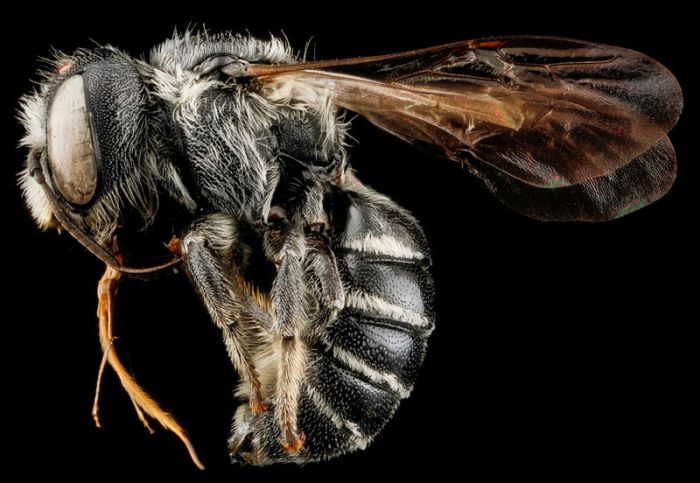|
|
Insect Macro Photography
|
• Complete metamorphosis
Holometabolism, or complete metamorphosis, is where the insect changes all in four stages, an egg or embryo, a larva, a pupa, and the adult or imago. In these species, egg hatches to produce a larva, which is generally worm-like in form. This worm-like form can be one of several varieties: eruciform (caterpillar-like), scarabaeiform (grub-like), campodeiform (elongated, flattened, and active), elateriform (wireworm-like) or vermiform (maggot-like). The larva grows and eventually becomes a pupa, a stage marked by reduced movement and often sealed within a cocoon. There are three types of pupae: obtect, exarate or coarctate. Obtect pupae are compact, with the legs and other appendages enclosed. Exarate pupae have their legs and other appendages free and extended. Coarctate pupae develop inside the larval skin. Insects undergo considerable change in form during the pupal stage, and emerge as adults. Butterflies are a well known example of an insects that undergo complete metamorphosis, although most insects use this life cycle. Some insects have evolved this system to hypermetamorphosis.
Some of the oldest and most successful insect groups, such Endopterygota, use a system of complete metamorphosis. Strangely though, complete metamorphosis is unique to certain insect orders, like Diptera, Lepidoptera, and Hymenoptera, and no other arthropods undergo it, but incomplete metamorphosis.
|
|









